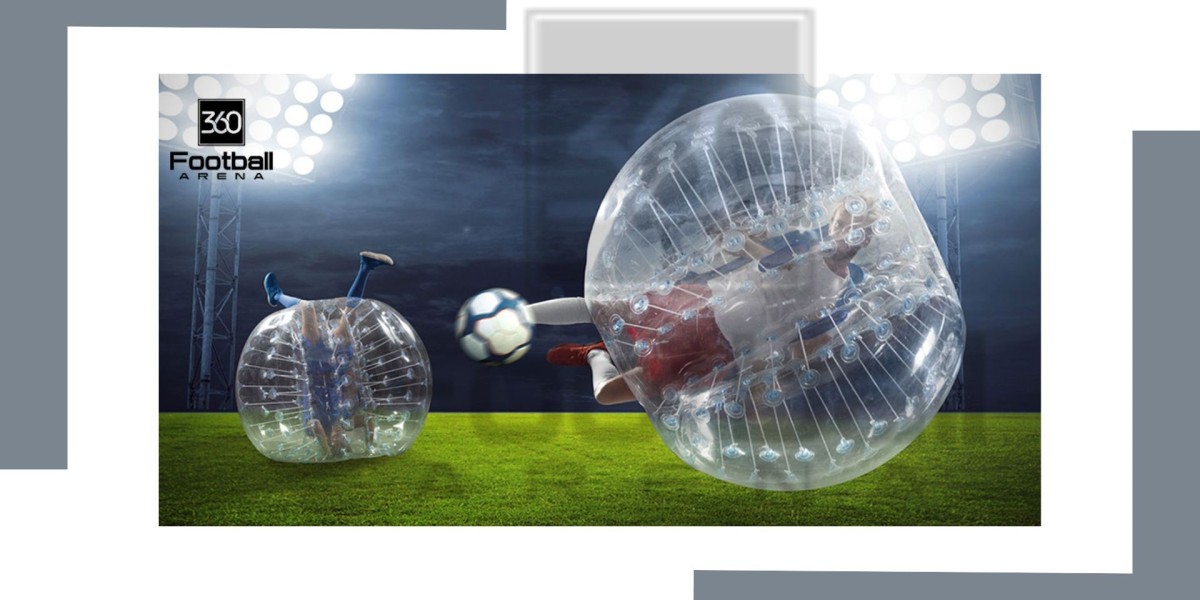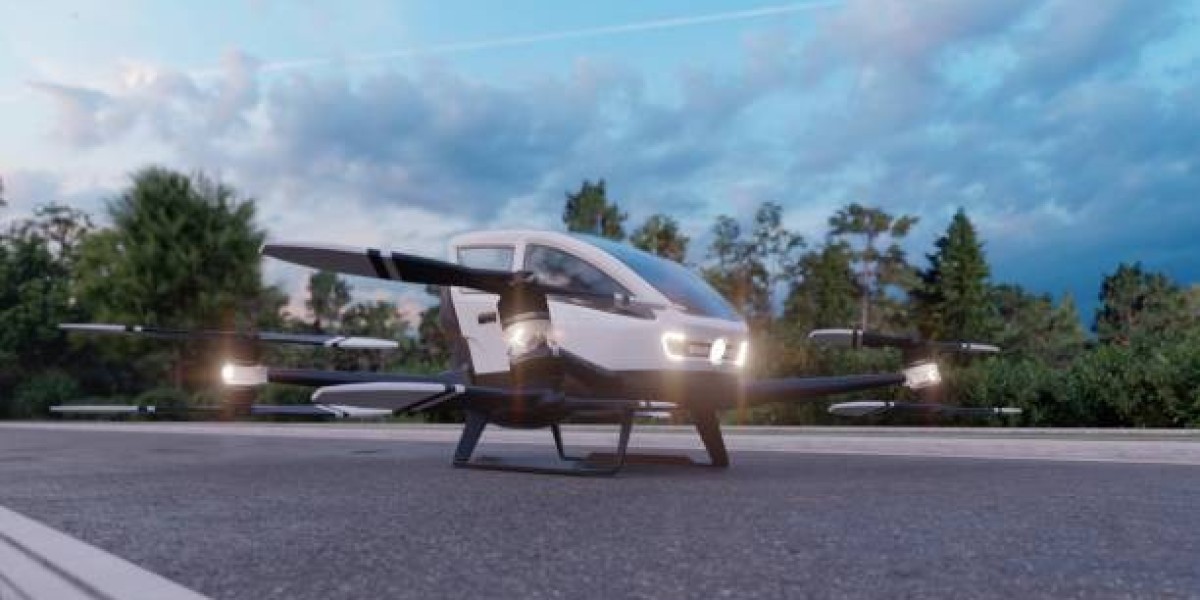Unlock the Secrets to Choosing and Caring for Your Trolling Motor Batteries!
Trolling motors are an essential component for avid boaters and anglers, as they provide the maneuverability and stealth required for successful fishing and exploration. The performance and longevity of these motors heavily depend on the batteries for your trolling motor that power them. Choosing the right batteries for your trolling motor can greatly influence your time on the water, ensuring you have sufficient power for those long fishing trips or leisurely cruises. This article aims to guide you through the various types of batteries suitable for trolling motors and provide valuable tips on how to maintain them for optimal performance.

Understanding Trolling Motor Batteries
Trolling motor batteries are specifically designed to provide reliable power to electric trolling motors, which are used for slow-speed maneuvering in water. Unlike starting batteries that are built for short bursts of high power, trolling motor batteries deliver consistent energy over extended periods, making them ideal for fishing excursions. The right battery can enhance your trolling motor's efficiency and overall performance. Various types of batteries cater to different needs, making it vital to understand their functions and applications in order to select the best option for your boating activities.
Types of Batteries Suitable for Trolling Motors
When it comes to choosing a battery for your trolling motor, several types are commonly used. The most prevalent options include lead-acid, lithium-ion, and AGM (Absorbent Glass Mat) batteries. Each type has its unique advantages and disadvantages, which can significantly impact your boating experience. Understanding these differences can help you make an informed decision based on your specific needs and budget.
Lead-Acid Batteries
Lead-acid batteries are one of the oldest and most cost-effective options available for trolling motors. They are fairly heavy and typically have a shorter lifespan compared to newer technologies. However, their low initial cost makes them a popular choice among casual boaters. Maintenance for lead-acid batteries involves regularly checking the water levels and ensuring they are kept fully charged to avoid sulfation, which can drastically reduce their lifespan. While they can be reliable, it’s essential to keep an eye on their performance, especially under heavy usage.
Lithium-Ion Batteries
Lithium-ion batteries have gained popularity in recent years due to their impressive weight-to-power ratio and efficiency. They are significantly lighter than lead-acid batteries and offer faster charging times along with higher discharge rates. Despite a higher initial cost, lithium-ion batteries often last longer, making them a worthwhile investment for serious anglers. Their ability to maintain consistent power levels throughout their discharge cycle can be especially beneficial during long trips. However, it's essential to ensure proper compatibility with your trolling motor before making the switch.
AGM Batteries
AGM batteries combine the reliability of lead-acid technology with advanced design features. Their sealed construction prevents spills and allows for installation in various orientations. AGM batteries are maintenance-free, which adds to their appeal for boaters who prefer a hassle-free experience. They perform exceptionally well in harsh conditions, making them suitable for those who venture out in diverse weather. While they may be more expensive than traditional lead-acid batteries, their longevity and performance often justify the higher investment.
How to Choose the Right Battery for Your Trolling Motor
Choosing the right battery for your trolling motor involves considering several factors, including voltage, capacity, weight, and compatibility with your motor. Start by assessing your motor’s requirements; most trolling motors operate on either 12V or 24V systems. Next, determine your usage needs: how long do you plan to be on the water? Higher capacity batteries will provide longer run times but can be heavier. Additionally, consider the weight of the battery, especially if you have limited space or require portability. Pay attention to the environmental conditions in which you typically boat, as extreme temperatures can affect battery performance.
Maintaining Your Trolling Motor Batteries
Proper maintenance is crucial for prolonging the lifespan of your trolling motor batteries. Regularly charging the batteries after each use ensures they remain in good condition and helps prevent sulfation. If using lead-acid batteries, check the water levels and top them off with distilled water as necessary. For lithium-ion and AGM batteries, monitor their health with appropriate tools to detect any issues early. Store your batteries in a cool, dry place when not in use, and avoid leaving them discharged for extended periods. Watch for signs of wear, such as bulging or leaking, and know when it’s time to replace your batteries to ensure optimal performance on the water.
Maximizing Battery Performance for a Successful Outing
In summary, understanding the types of batteries available for trolling motors and knowing how to maintain them is essential for any boater or angler aiming for a successful outing. From the cost-effectiveness of lead-acid batteries to the efficiency of lithium-ion options, each battery type has its strengths and weaknesses. By carefully assessing your needs and adhering to proper maintenance practices, you can enhance the performance of your trolling motor, ensuring a more enjoyable experience on the water. Remember, the right care for your battery not only prolongs its life but also maximizes your time spent fishing or cruising.








